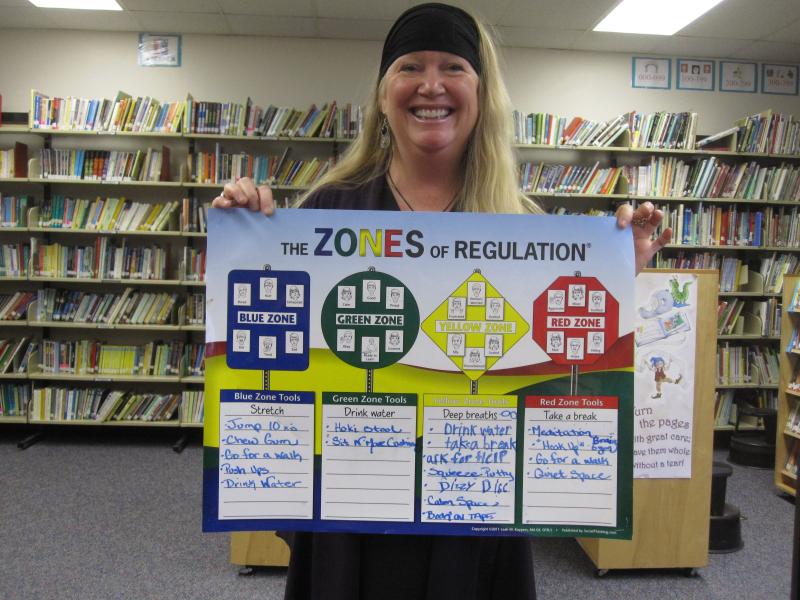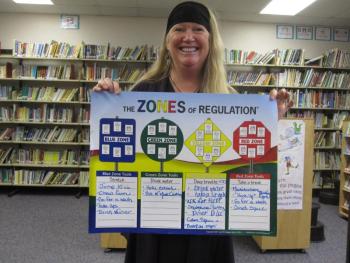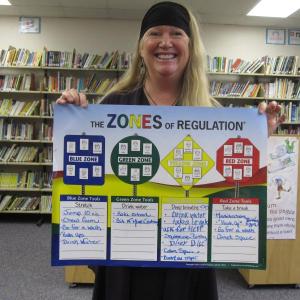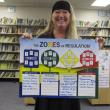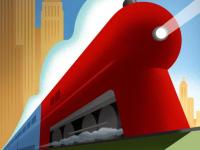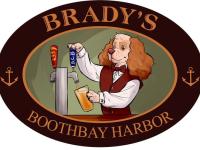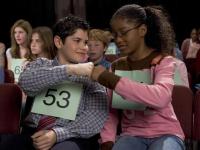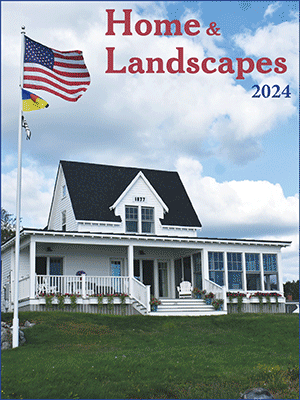Red zone, green zone: empowering kids to be just right and ready to learn
In the course of a busy school day, a child is asked to do many things. The child needs to pay attention to what is being taught, needs to switch from one thing to another throughout the day, and needs to get along with his or her peers, among other things. If one of these things is out of balance, behaviors can change, and before the child knows what's happening, the day, and the child's moods, can get out of hand.
A new behavioral program that teaches kids to recognize where they are emotionally will soon be introduced to students in kindergarten through third grade. Kristin Cameron, an occupational therapist who works throughout Alternative Organizational Structure 98, presented the Zones of Regulation program to the Boothbay Region Elementary School Parent-Teacher Organization (BRES PTO) at the Jan. 9 meeting.
“The program connects children's feelings and behavior to a 'zone.' The zones are categorized into four different areas. The ultimate place to be in school is in the 'green zone', which is just right and ready to learn,” explained Cameron.
“It helps children identify how they do feel. It also teaches them to recognize that all of these zones are human, and none of them are bad. They learn about 'triggers,' or what causes them to feel a certain way, to be in a certain zone,” Cameron said.
Within each zone is a list of tools to help them either remain in the green zone, or try to help them function again in the green zone. “It's a way to switch the focus from a teacher-driven behavior approach to empowering the student to take responsibility for how they're feeling, and that there are acceptable ways they can use to help them feel better. It's a positive approach,” Cameron said.
BRES Assistant Principal Tricia Campbell supported Cameron's program. “Over the last year and a half, we've identified providing interventions around social/emotional behaviors as one of our most important jobs. We've seen how it impacts kids to give them language and to help them learn to process. We've been cross-referencing and connecting our resources to try to impact as many kids as possible,” she said.
Cameron mentioned several things being used now to help students recognize, understand and modify their behaviors. “They can look through the lists attributed to each zone to see what they can do to get back to the green zone. One classroom has two bicycle desks. That's an amazing tool for kids who can't be still. They can sip from a water bottle. In some classes, they can chew gum. They can do 10 jumping jacks or go for a walk.There are many things they can do to feel their best. We would like to have the language in place, so everyone can learn to use the language.”
After Cameron's presentation, the PTO decided to fund seed materials for the project.
Event Date
Address
United States

